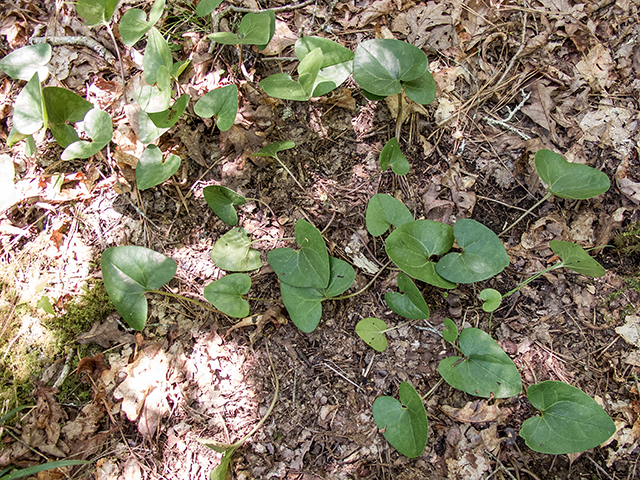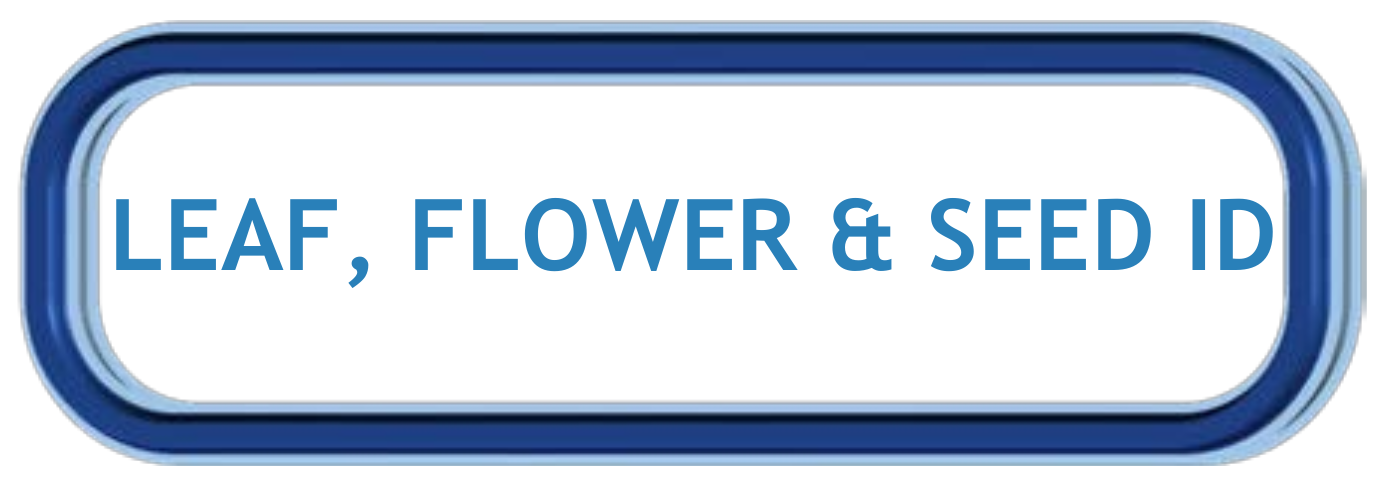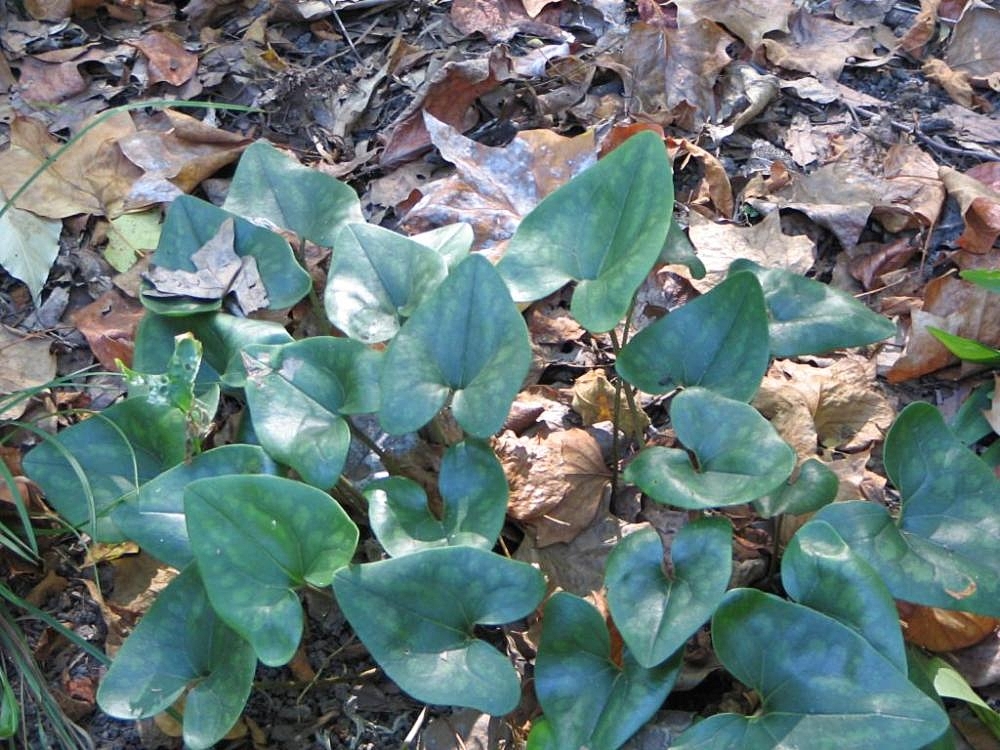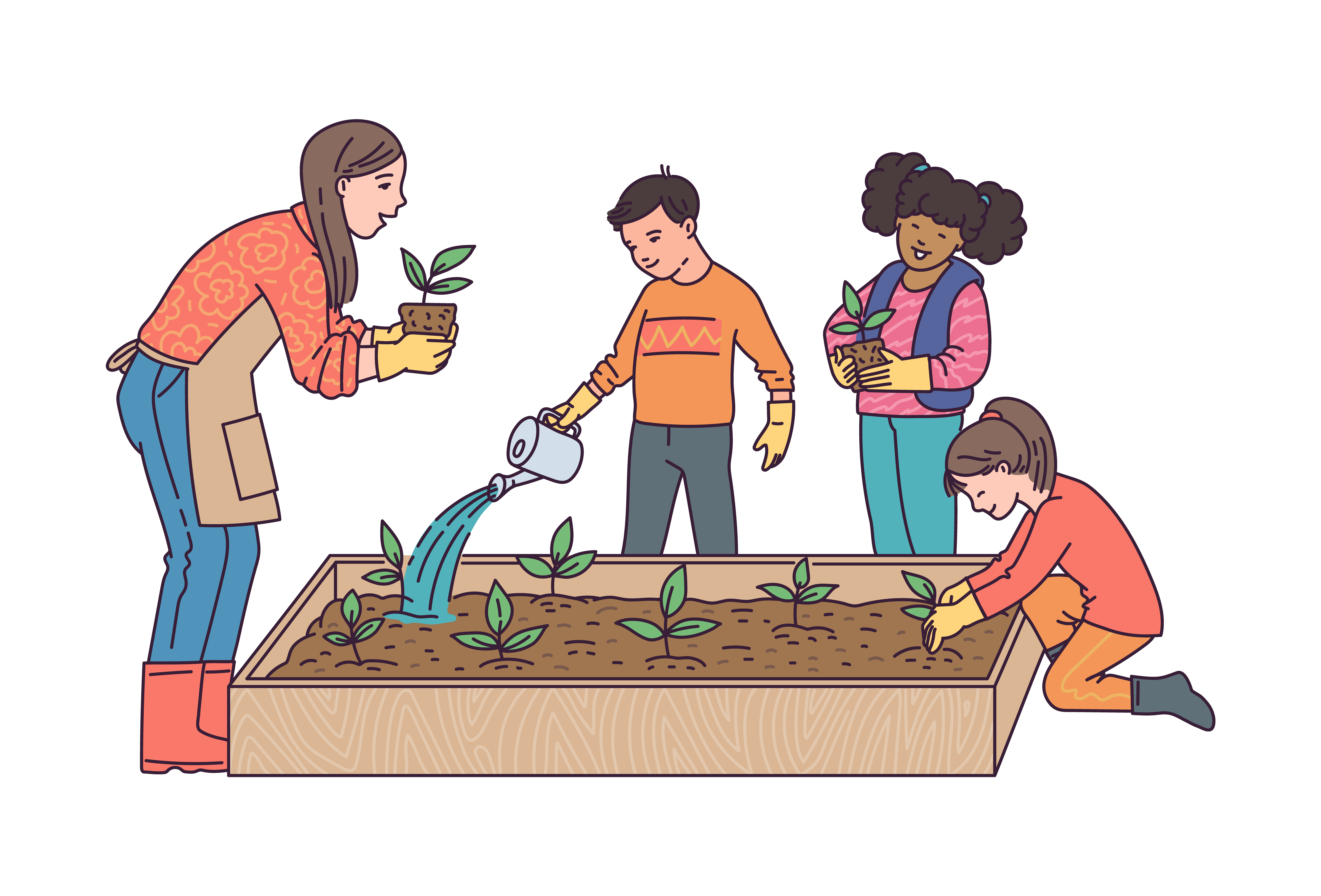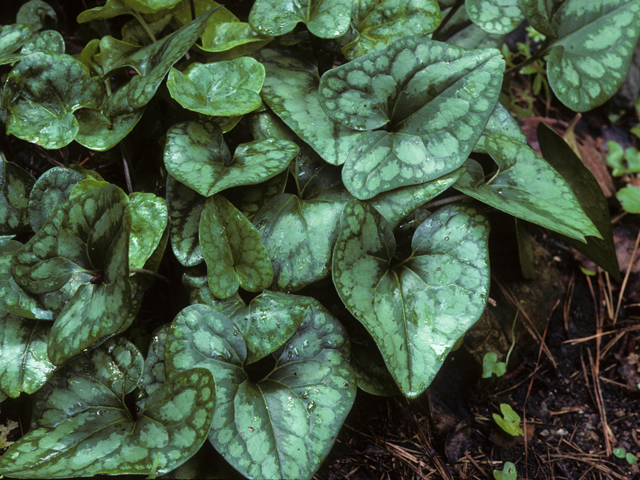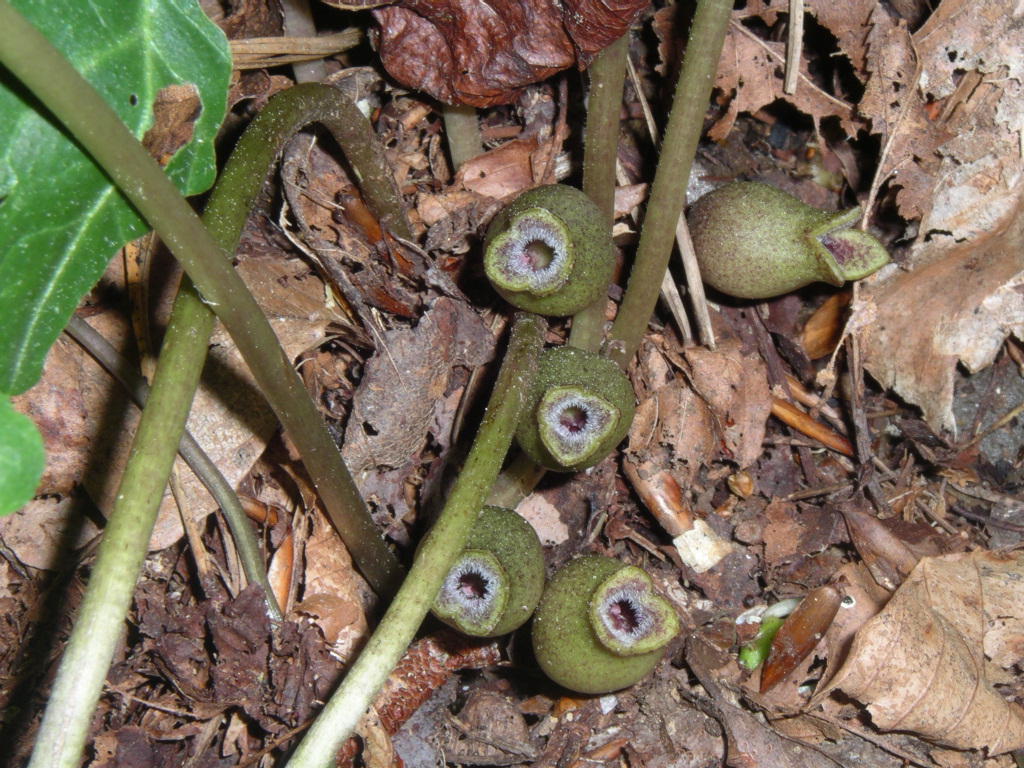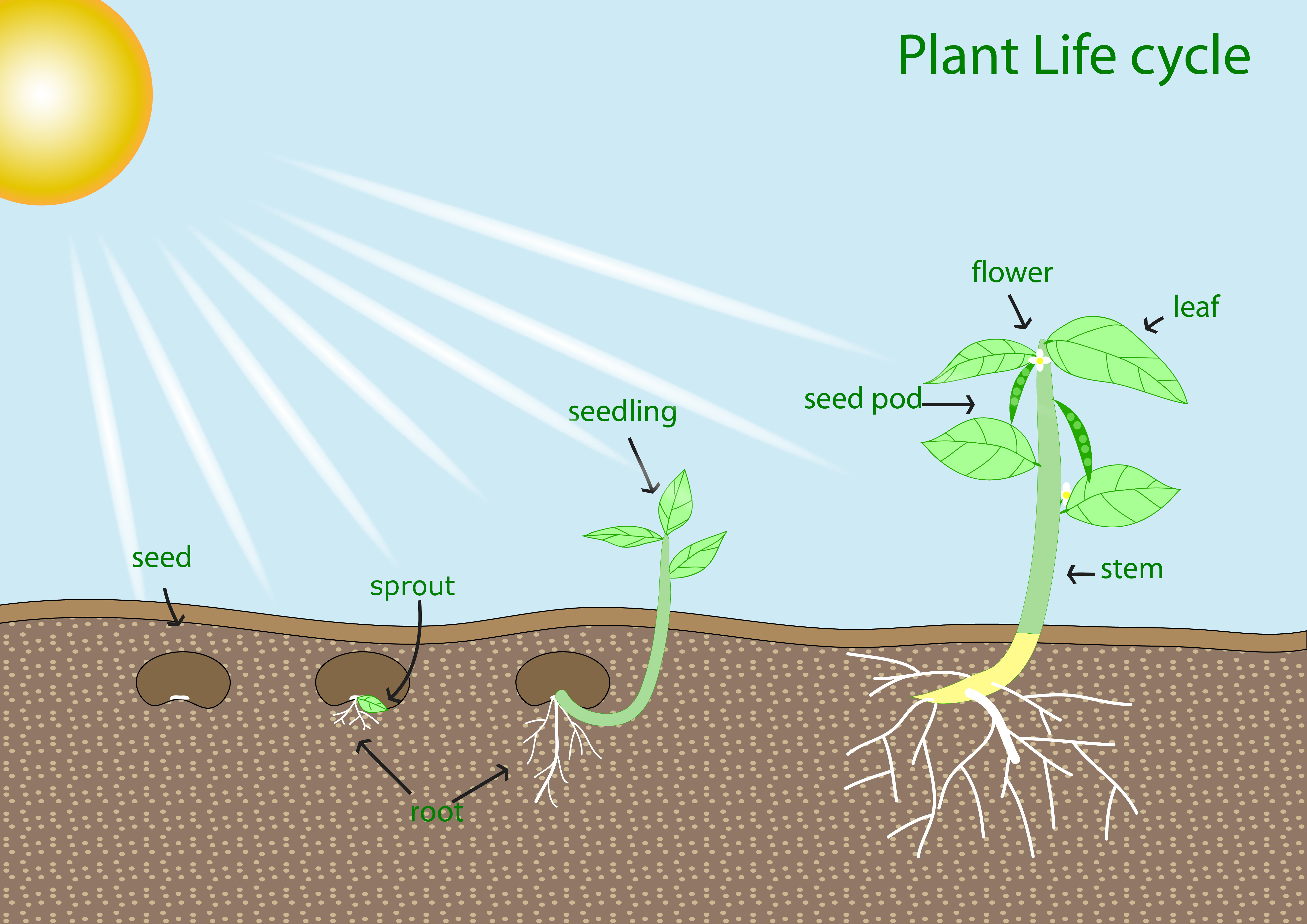Dig into Plants: Wild Ginger
Wild Ginger Other Common Names: Little Brown Jug, Evergreen Wild Ginger, Heartleaf Scientific Name: Hexastylis arifolia Native to Alabama: Yes |
|
Lady Bird Johnson Wildflower Center Stephanie Brundage Click on image to enlarge it |
Learn more about...
| Ecological Benefits |
| This plant provides food for: |
|
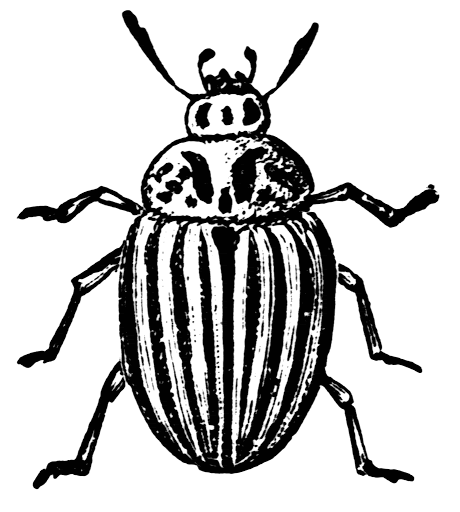 |
|
| Other Pollinators | |
| Other Ecological Benefit(s): |
|
| Pollinated by ants and other small, crawling insects |
| Habitat Requirements | |||
| This plant prefers: | |||
|
(2-6 hours of sun per day)  Shade Shade (Less than 2 hours of sun per day) |

Average Watering
|
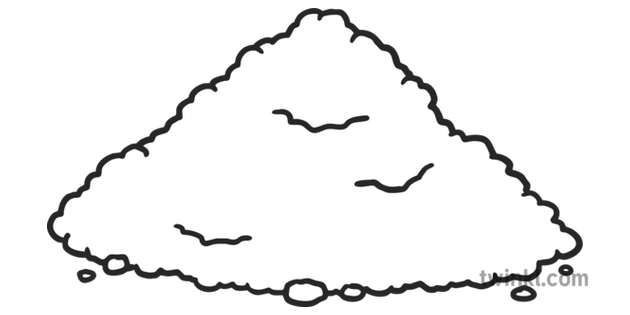 Well-drained, Acidic, Well-drained, Acidic,or Moist Soil |
|
| Leaf, Flower & Seed Identification | ||||
| LEAF DESCRIPTION |
Lady Bird Johnson Wildflower Center
Sally and Andy Wasowski Click on image to enlarge it |
|||
| Leaf Characteristics Chart (PDF) | ||||
| Shape: Cordate |
Margin: Entire/Smooth |
Arrangement: Alternate |
Form: Simple |
|
|
|
|
|
||
| Description: | ||||
|
Leaves are smooth, pale, whitish green with dark green veins and margins, up to 8 inches long, 4 inches or lower from ground, rise in pairs from the rhizome
|
||||
| FLOWER DESCRIPTION |
Wikimedia
Halpaugh Click on image to enlarge it |
||||
| Flower Shape Chart (JPG) | |||||
| Color: Purple, brown |
Shape:
Urceolate (urn-shaped) |
Bloom Months: Mar - May |
|||
| Description: | |||||
|
Solitary, growing from the base of the leaf; often covered by leaf litter; leathery, urn-shaped sepals and no petals; three-lobed; mottled or spotted with purple, cream, tan, and brown; inner surface of the sepals is dark purple; flowers are shaped like little brown jugs, hence the common name "Little Brown Jug"
|
|||||
| SEED DESCRIPTION | ||||
| Seed Type: Fruit - Moist fruit |
Seed Description: fruit is fleshy capsule; rarely seen |
|||
| Plant spreads by: | ||||
|
Seeds and Rhizomes/ Tubers/ Roots & Shoots
Grows in isolated clusters, not a mat; seeds are believed to be dispersed by ants |
||||
ADDITIONAL RESOURCES FOR TEACHERS
| Quick Fact Sheet (Condensed Species Info) |
Plant ID Sign: Ready as-is PDF |
Plant ID Sign: Editable Word Doc |
QR Code (Links to this Webpage) |
INFORMATION SOURCES FOR THIS PLANT
 Wildlife Tag
Wildlife Tag
